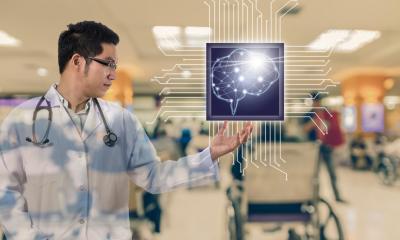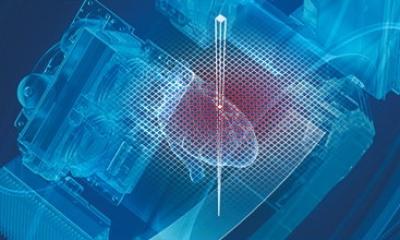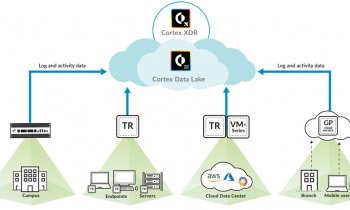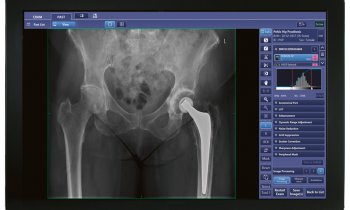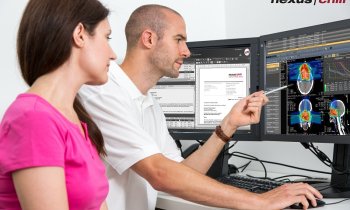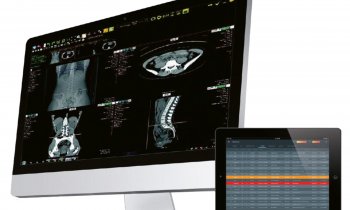Article • Technology applications in diagnostic imaging
How digital twins will support the radiologist of the future
Digital twin technology can transform clinical practice by aiding patient-specific prediction and supporting personalized treatment models. Expert speakers at an ECR 2024 session in Vienna focussed on how radiology will play a leading role in the advance through data acquisition via a range of imaging modalities.
Report: Mark Nicholls
© Татьяна Креминская – stock.adobe.com (AI generated image)
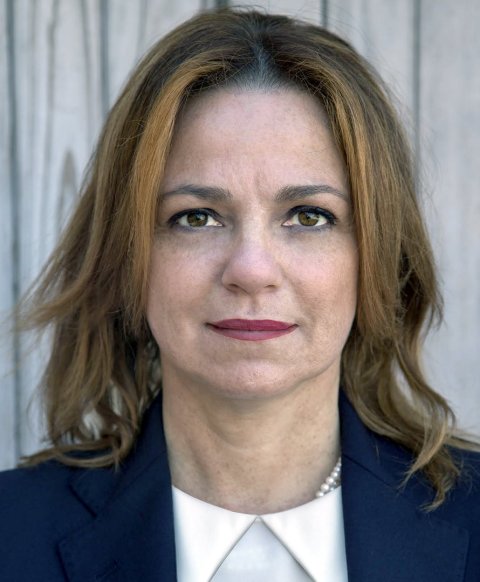
The session was chaired by radiologist Professor Valeria Panebianco from the Sapienza University of Rome, who also outlined her department’s work with digital twin technology.
To set the stage, she provided a rough definition of what a digital twin can be:
- an evolving digital profile that helps optimise digital performance;
- a dynamic digital representation; or
- a virtual representation of a physical object or system across its lifecycle.
The key concepts are that the two systems – physical and digital – should exist side by side on a real time basis.
Panebianco said; ‘As simulation models, digital twins will transform clinical practice as they will provide patient-specific prediction for the prevention, screening and disease diagnosis as well as personalization and assessment of response to therapy.’
Bridging the human-digital divide
The expert delivered insights on the future development of digital twins in radiology through clinical, computational, digital and virtual pathways, noting that it is ‘where the real clinical world meets digital’. However, the complexity and prognostic heterogeneity of diseases make it necessary to apply computational tools and precision medicine. ‘The data for digital twins’ development can be derived from many different medical specialities,’ she continued. ‘However, radiology stands out for multiple factors as radiologists make diagnoses and assess therapy response, which are the main predictive clinical questions to which digital twins have to reply.’
Radiology produces large amounts of data from different modalities such as CT, MRI and ultrasound, providing a rich foundation for quantitative and functional information. To achieve the goal of making viable predictions, the data fed to the digital twins must be accurate as well, Panebianco said.
She pointed to current examples of digital twin applications, such as in cardiology to inform on clinical decisions, in orthopaedics to maintain musculoskeletal health of soldiers, and in multiple sclerosis for simulation models for treatment outcomes.
Outlining the work to develop digital twin technology at the University of Sapienza, she said her focus is on validating wearables, liquid biopsy and imaging biomarkers in prospective studies to construct the digital twin. She concluded: ‘Radiology is able to provide a bridge between the human being and the digital twin by shortening the gap and enhancing the development of this innovative digital solution.’
Efficiency, personalization, research
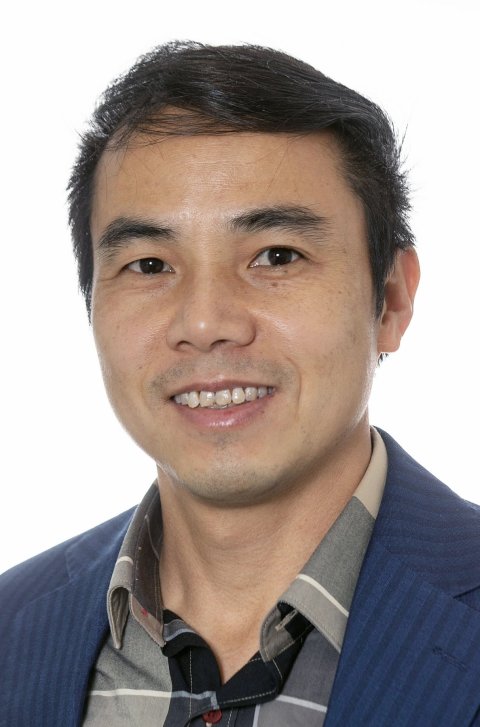
Meanwhile, Huan Xuan Nguyen, Professor of digital communication in engineering at Middlesex University in London and Director of the London Digital Twin Research Centre, went into more detail on what he called the “three pillars” of digital twins in healthcare:
- models developed for healthcare facilities and organizations, designed to improve efficiency of hospital or departments;
- digital twins of the human body for personalized diagnosis, treatment planning, treatments and interventions; and
- models geared towards disease research, medicine and device development.
However, he cautioned that implementation of digital twins in healthcare come with high deployment and maintenance costs, with significant investment needed in technology platforms to achieve viable results.
Nguyen also outlined technical challenges, with notable issues around data collection and integration, computational resources, model accuracy and validation, as well as privacy and security concerns. The effort needed to overcome these challenges might still be worth it, he added: ‘The benefit in healthcare and radiology is that you can have greater predictive accuracy with a digital twin, treatment plan optimisation and can test scenarios without interfering with real patients. ‘It can also be used for research and training and to familiarise patients with equipment. Finally, personal care and treatment is one of the most important potential benefits of the digital twin.’
Need for a regulatory framework
Clinicians will be able to simulate aspects of treatments on patient digital twins and determine which option is likely to be the most effective
Ilena Rapisarda
Dr Ilena Rapisarda, a private law researcher from the Department of Law at the University of Catania in Sicily, explored ethical and legal issues of digital twin technology. While the technology’s development might still be in its infancy, the field is rapidly evolving, she said: ‘Clinicians will be able to simulate aspects of treatments on patient digital twins and determine which option is likely to be the most effective. Digital twin technology offers great opportunities to revolutionize healthcare systems, and ethical issues should not prevent development of such technologies but should integrate with it.’
However, the expert warned that conflicts of interest must be regulated by adopting an ethical approach, with the new technologies governed by the law. She said it was necessary to adopt an appropriate regulatory framework, especially regarding the allocation of responsibilities between the different actors involved in the production and use of digital twins. The framework should also introduce ethical principles of autonomy, responsibility and transparency in codes of conduct and training courses for engineers, computer scientists and developers, with particular reference to ethics in the design of technologies.
Profiles:
Valeria Panebianco is Full Professor of Radiology at the Sapienza University of Rome with a specialist interest in diagnostic imaging focused on GU, screening programmes and precision medicine. She is scientific co-ordinator of a range of projects on digital medicine applications in healthcare.
Huan Xuan Nguyen is Professor of digital communication in engineering at Middlesex University in London and Director of London Digital Twin Research Centre, with research interests include that include digital twin modelling, digital transformation and machine learning.
06.06.2024




